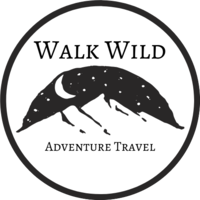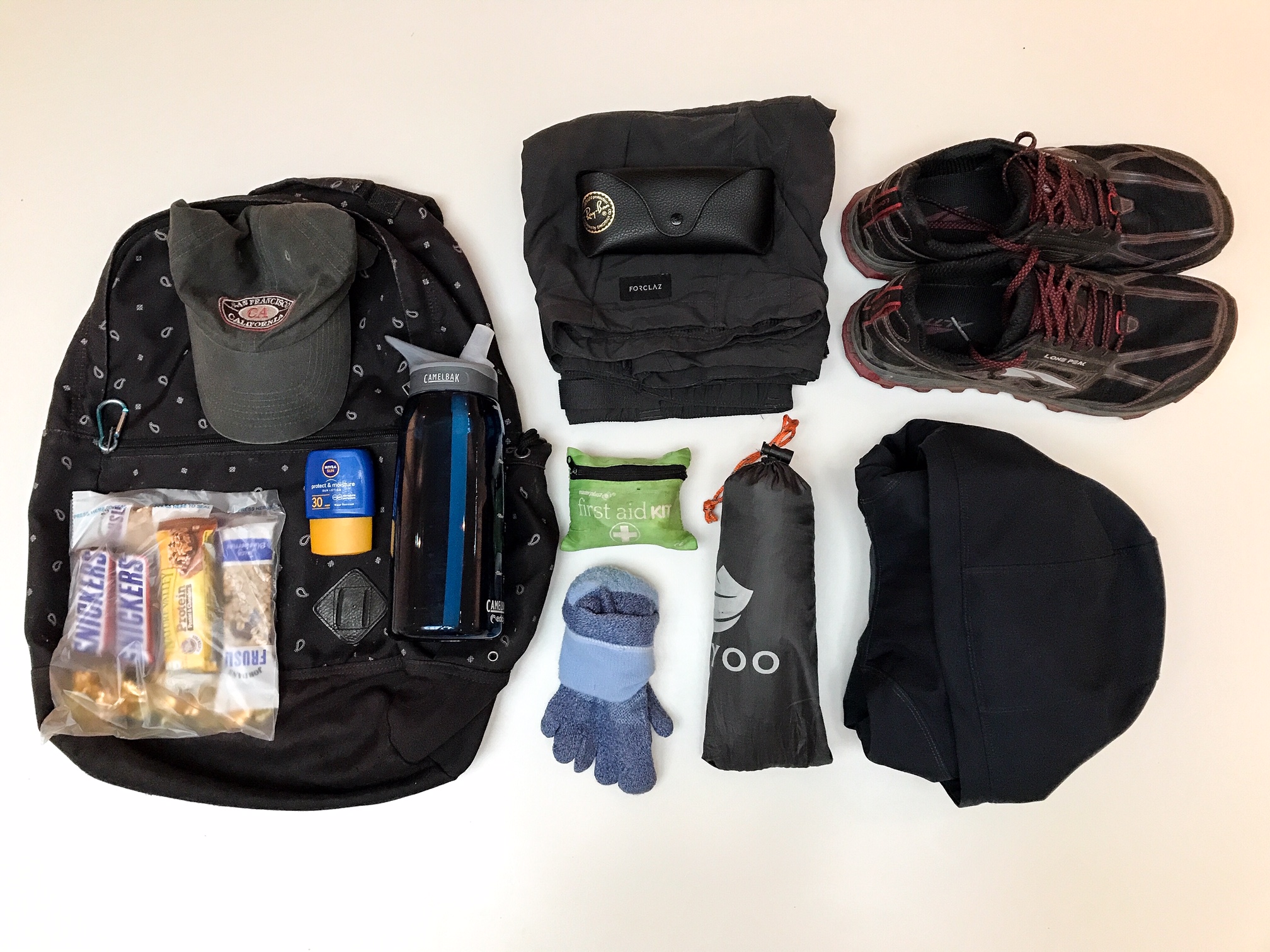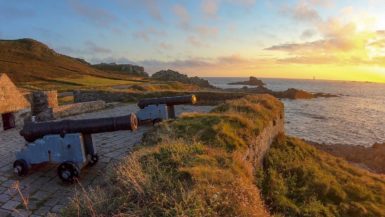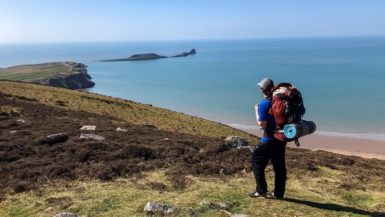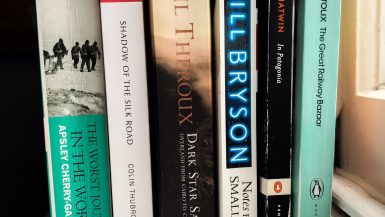The Top 10 Items I Carry when Day Hiking
7 Minute Read
Looking to get out on the trail but don’t know what to bring with you?
Here’s a list of the hiking gear I currently use when day hiking (August 2020). I’ve tried and tested many items over the years through hundreds of miles of hiking and this is what my day hiking gear essentials has come down to!
This gear is for your average hiker on a day with reasonable weather (i.e. not for those intending to walk during a hurricane or -20 degree winters).
Here are my top 10 day hiking gear essentials:
- Trail Running Shoes
- Hiking Socks
- Hiking Trousers
- Sun Protection Hoody
- Rain Jacket
- Water Bottle
- Sunglasses & Hat
- Suncream
- Snacks
- Backpack
This page contains affiliate links. This means I make a commission if you buy a product I have recommended (at no extra cost to you). All recommendations I give are genuine and my own. Thanks for the support!
See also:
Multi-Day Hike Kit List
Hiking Food For a Week
1. Trail Running Shoes
Starting off with the most important item on this list, your footwear. I spent years using hiking boots and trainers, yet never found something that really fit me. Despite my best efforts to keep my feet dry, use proper socks, and bandage up hot spots, I kept getting blisters or sore feet.
It was manageable and I didn’t always get them but I thought enough was enough. I did my research, and time and time again the Altra Lonepeak Trail Running Shoes came up. They are incredibly popular for long distance thru hikers in the USA due to them being lightweight, grippy, and extremely comfortable.
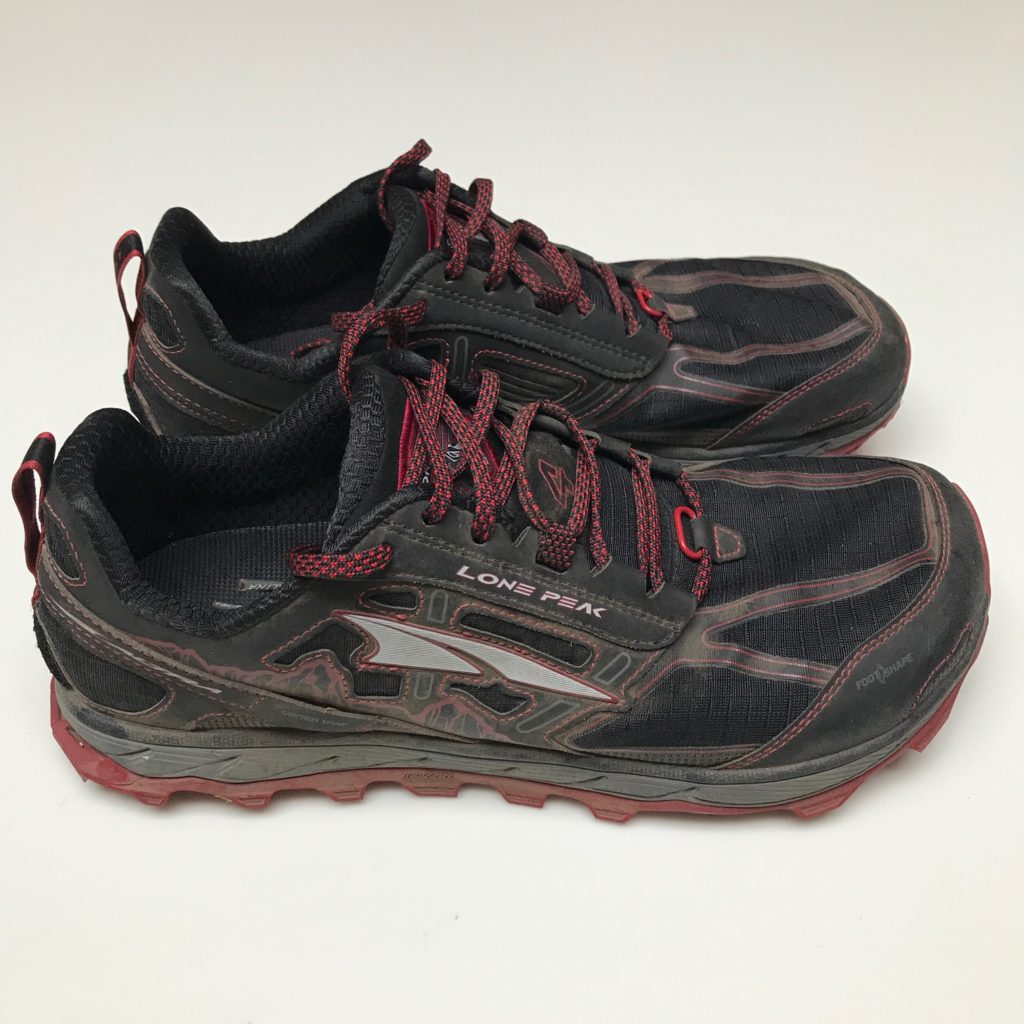

I bought a pair of these shoes and I’ve never looked back. They are incredibly comfortable especially across long distances, and really help to cushion/aerate my feet. They don’t have ankle support and shouldn’t be used for going across bogs, but if you’re doing trail walking they are a perfect. I still can’t believe what I’ve been missing!
2. Hiking Socks
To go with those shoes, you’re gunna need good socks. These first two items should be your number one priority if you are looking to upgrade your hiking kit. Your feet go through a lot of work carrying you around when walking and you need to be good to them!
Again, like the shoes, I have trialled many different brands and designs of socks to find something that suits me. You might look at the design of these Injinji socks and think they look strange but trust me, they’re incredible. The material between the toes stops any rubbing or blisters forming in that area and helps to keep your feet cool. They cushion my feet and so far have held up to wear and tear. They really come into their own on hot, long distance hikes.
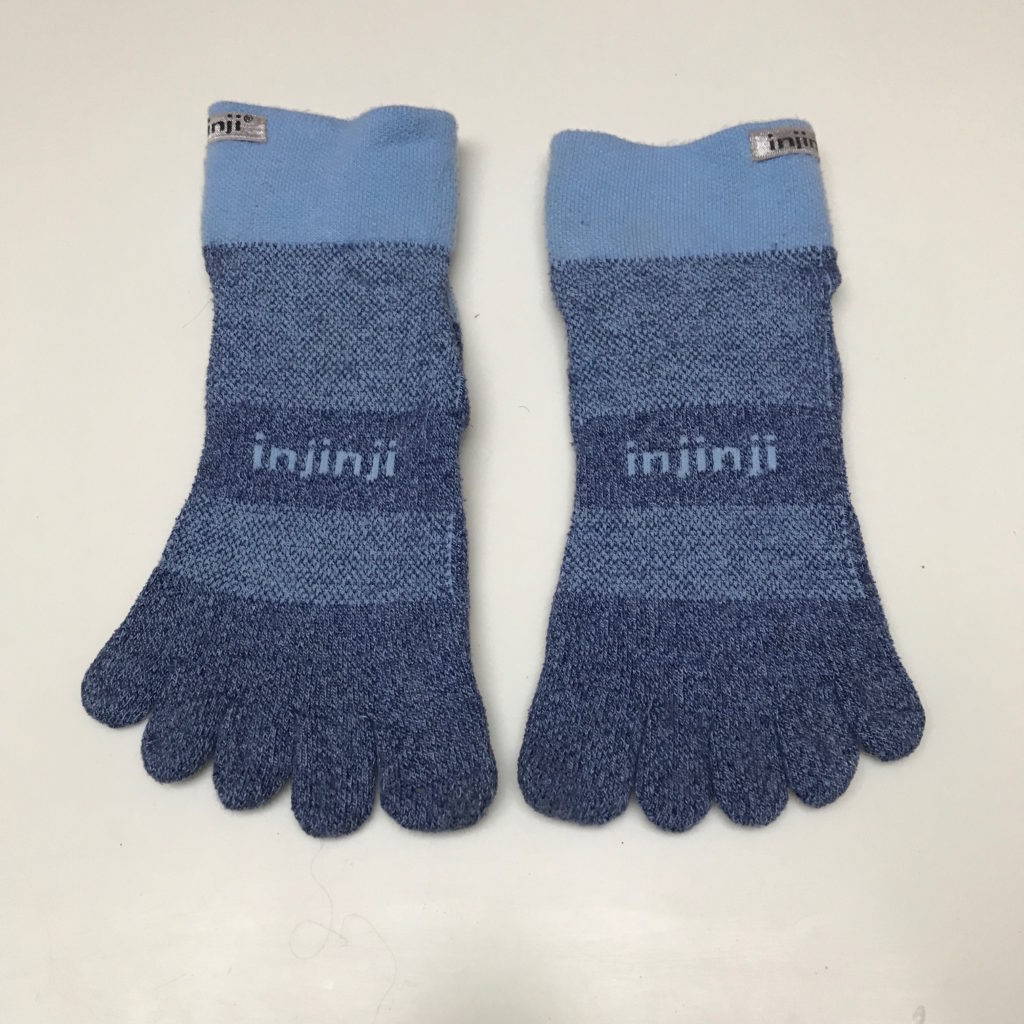

If you can’t bear the thought of putting these curious glove-socks on, then check out Darn Tough as they also do great hiking socks. You want to avoid cotton (cotton is rotten!) as despite it being breathable, it never dries. The material must be synthetic or mix-thread, quick dry, and wicking.
Personally, I don’t see the point in having socks go too far above the ankle and prefer to have my shins exposed, but again this is an individual preference thing so you can play about with the style of these brands and find out what suits you.
3. Hiking Trousers
For years I just walked in running shorts, and they did the job fine. I don’t mind my legs getting cold, but it was a real hassle if the weather changed and I had to carry an extra pair of trousers with me. This added weight wasn’t really necessary and there was an easier option.
That’s why I recommend getting some good quality hiking trousers, with the zip-off leg function. I use a pair I got from Decathlon. I find they are the perfect compromise as although I usually walk in shorts, I carry the zip-off trouser sections with me in case it does suddenly get cold, or I’m resting for lunch, or it starts to rain and I want it bit of extra cover.
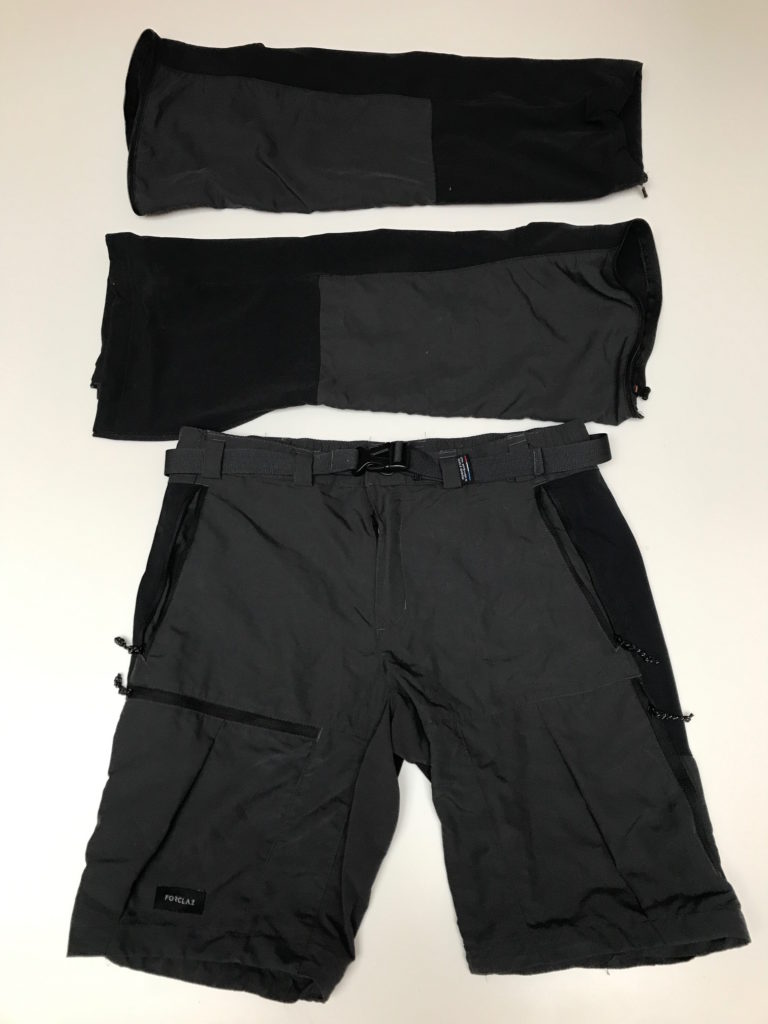

The material on these are designed to be durable, quick drying, and water resistant. I find all the zips are actually pretty useful for storing snacks and valuables. The trousers last ages and you should get a pair tailored for warm or cold weather depending on the type of hikes you like going on.
4. Sun Protection Hoody
Here’s another item I’d have never thought I’d need when I first starting hiking, but over the years as I’ve refined my kit, it’s become clear what’s valuable.
I dislike using lots of sun cream when I’m out walking. It’s necessary and I always bring it with me, but I find it to be greasy and irritating when applied continuously to my neck and arms. So as an alternative, I invested in this protective sun hoody!
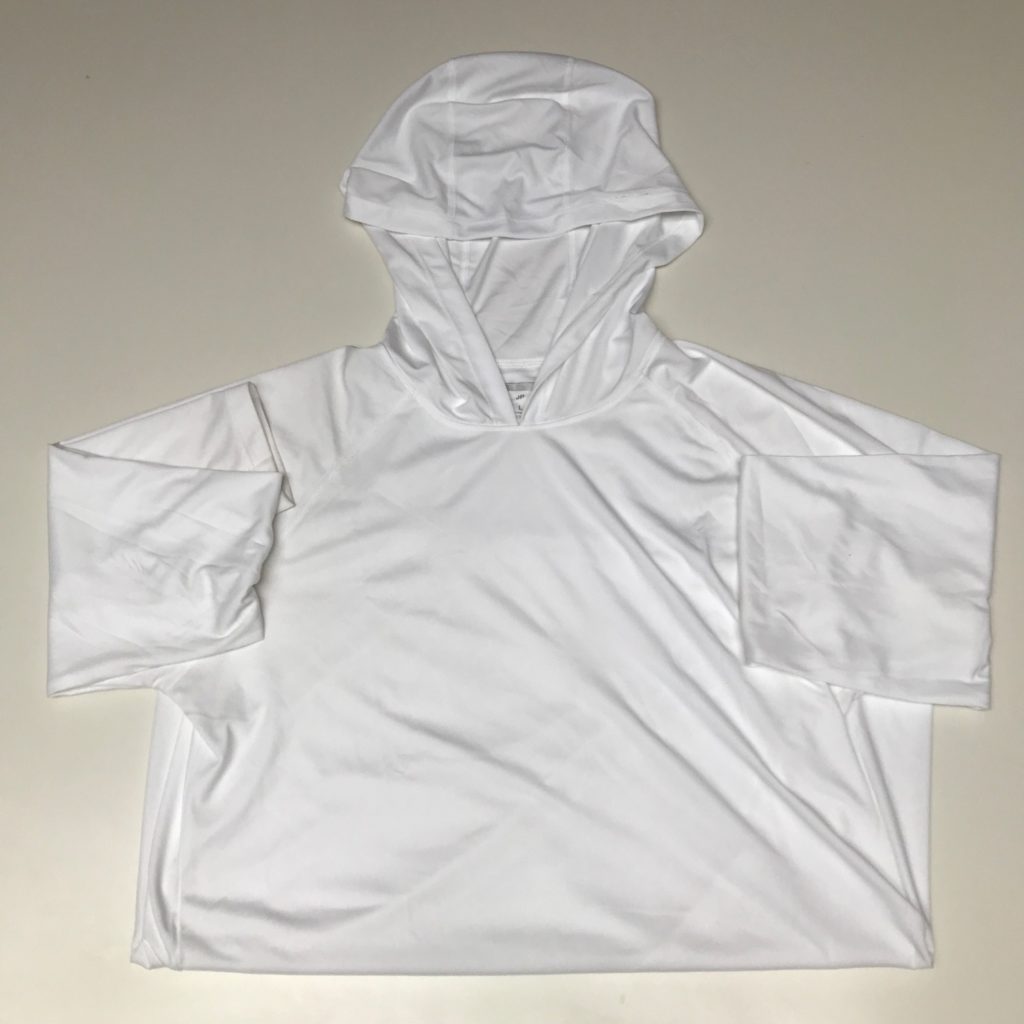

I first saw these sun protectors being used when I was hiking in South Korea, and thought I should give them a go myself. It was a game changer. The material is thin and air wicking, cooling your skin beneath the hoody whilst protecting you from the sun. If I’m walking across a ridge and the sun bursts out, I pop up the hood, with my cap on, and my neck and face are now shielded.
It’s a good item for layering and you can add a t-shirt or a fleece/jacket if the weather cools, as tends to happen when out hiking. The multipurpose benefits of this piece of kit means it’s always a part of my day hiking gear essentials.
5. Rain Jacket
We all know the weather on mountains and in hiking environments is changeable. So I’d always recommend being prepared for any eventuality, whilst still keeping your kit as light and nimble as possible.
If the weather is warm and muggy, with rain on the way, I usually bring my waterproof poncho with me as it can also cover my backpack. It has the added benefit of doubling up as a rain shelter bivvy if I want to spend the night. I know this isn’t everyone’s cup of tea so you can also buy a simple lightweight waterproof jacket from any high-street store such as: Mountain Warehouse, The North Face, Patagonia, and Decathlon.
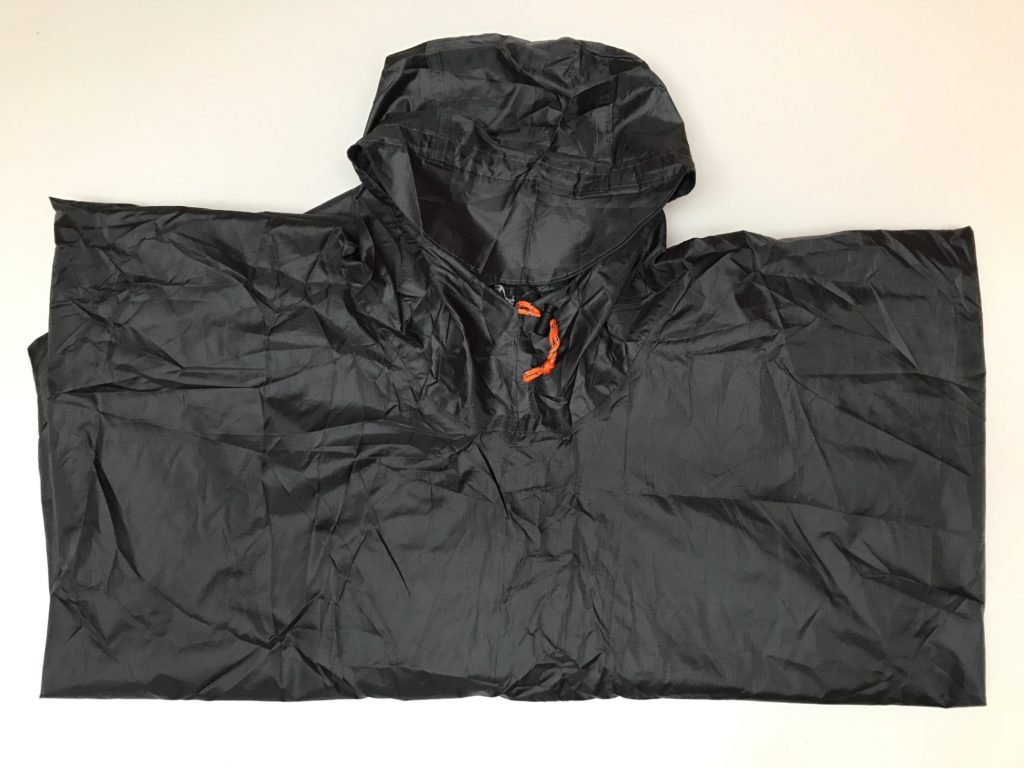

If the weather is looking colder then I bring my North Face jacket with me. It’s good against the wind, it’s water resistant, and it’s really quite warm. It’s probably a piece of kit I’m looking to upgrade at some point to a down jacket. This will really pack down small and would then be used with a rain jacket as mentioned above.
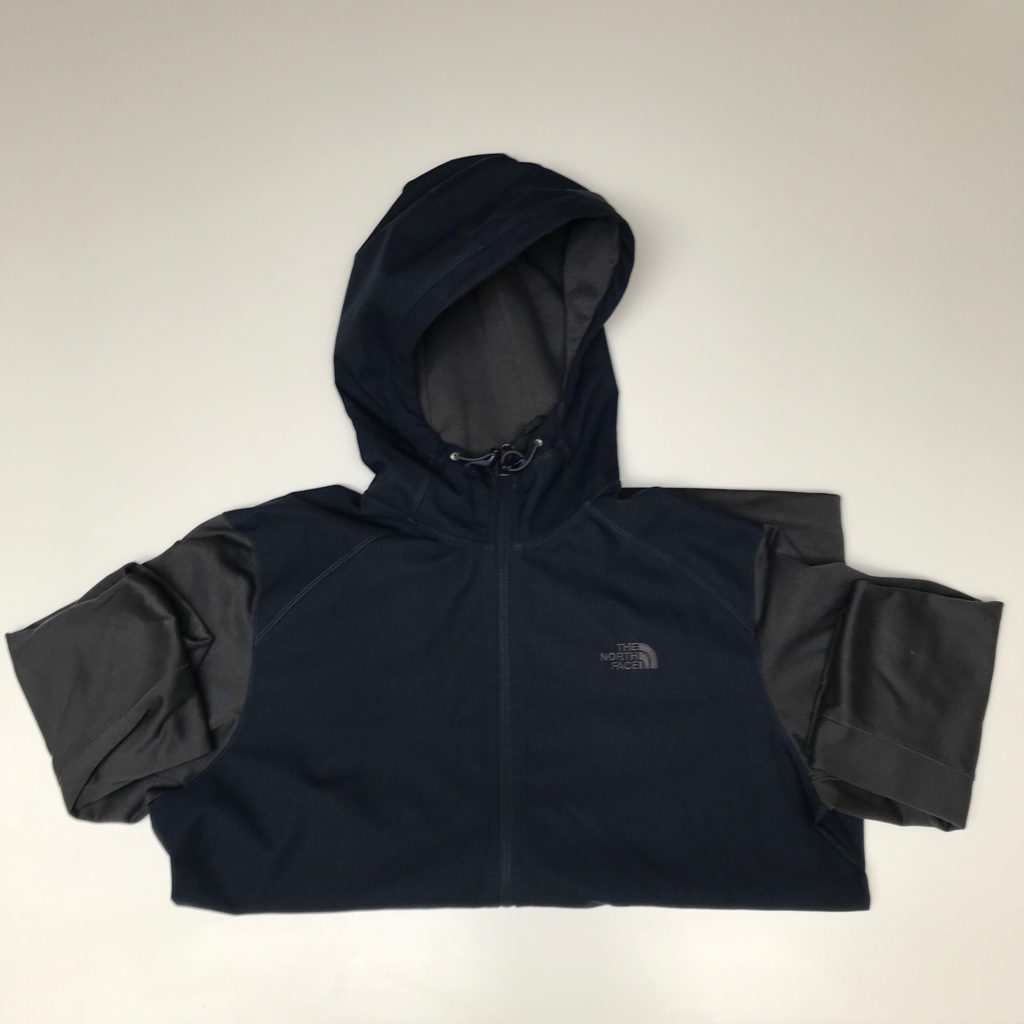

6. Water Bottle
Always bring enough water, and then some. Everyone has different thirst thresholds. For example I know I drink quite a bit of water so I always take extra even though it’s going to add to the weight.
For a day hike you want to have at least a litre of water, a litre and a half if it’s looking really hot. I like to use my reusable CamelBak Eddy which is lightweight and durable.
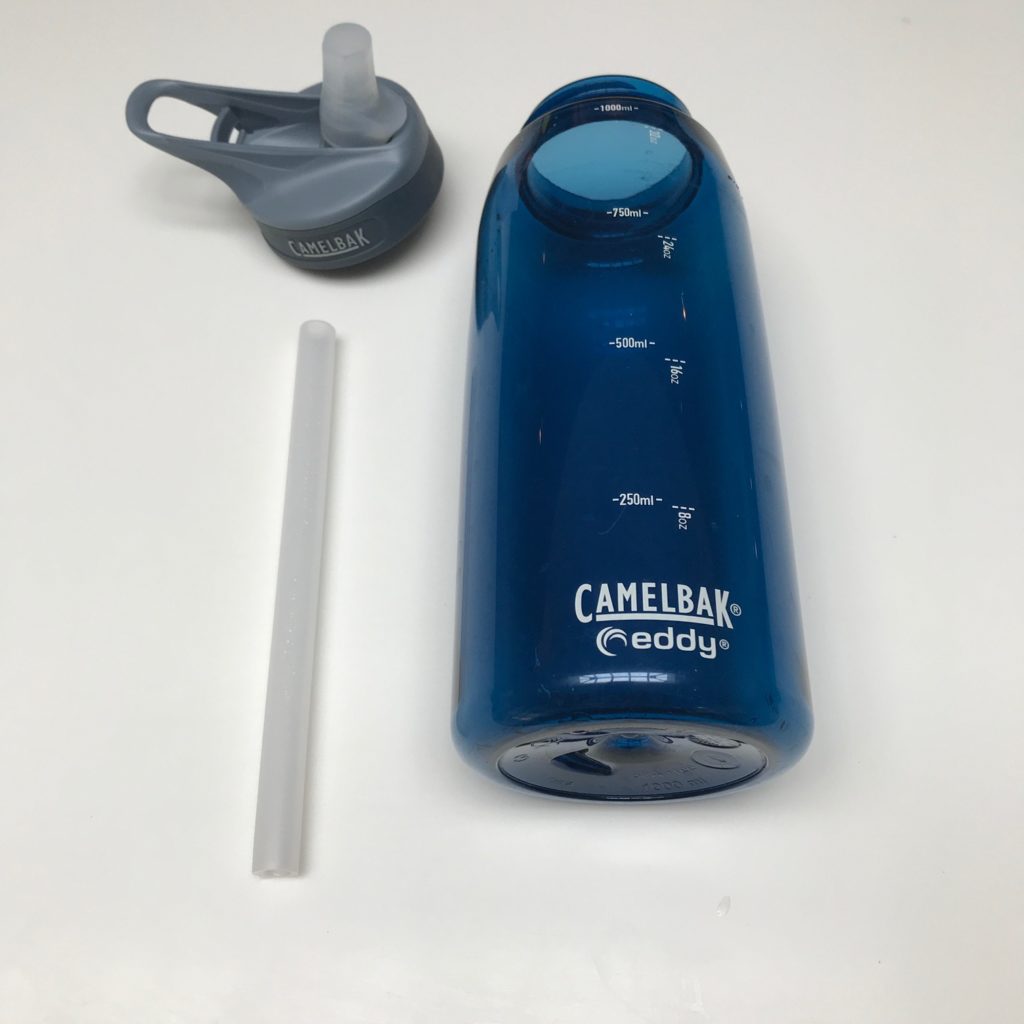

If you are walking somewhere with rivers, streams, or lakes, then you can bring a lifestraw with you. They are light and have incredible filtration properties to ensure the water you drink is safe. I always carry my Sawyer Water Filter just in case, but my advice is not to solely rely on this as it’s hard to guarantee finding water in the wild.
7. Sunglasses & Hat
Okay, I’ll admit. I go for fashion on both of these items. I use Ray-Bans, and I think they’re great. I know they’re not very practical and are really quite delicate, but for a day hike I think that’s okay. You can get away with some more luxury items on a day hike than a multi-day hike.
If you’re looking at multi-day hiking it’s probably better to get a pair of specialised sports sunglasses with a polarised function. But that’s for a future upgrade, so I’ll let you know more about them when I find out!
In terms of hats, I’m not too picky and enjoy wearing any generic baseball cap. I think a hat is important to get the heat off your head and to shade your face. Of course, a baseball cap doesn’t protect you neck and ears so it’s limited in its functionality. Aim to go for lighter colours if you don’t want the sun to absorb straight into the material (I could take my own advice on that one)!
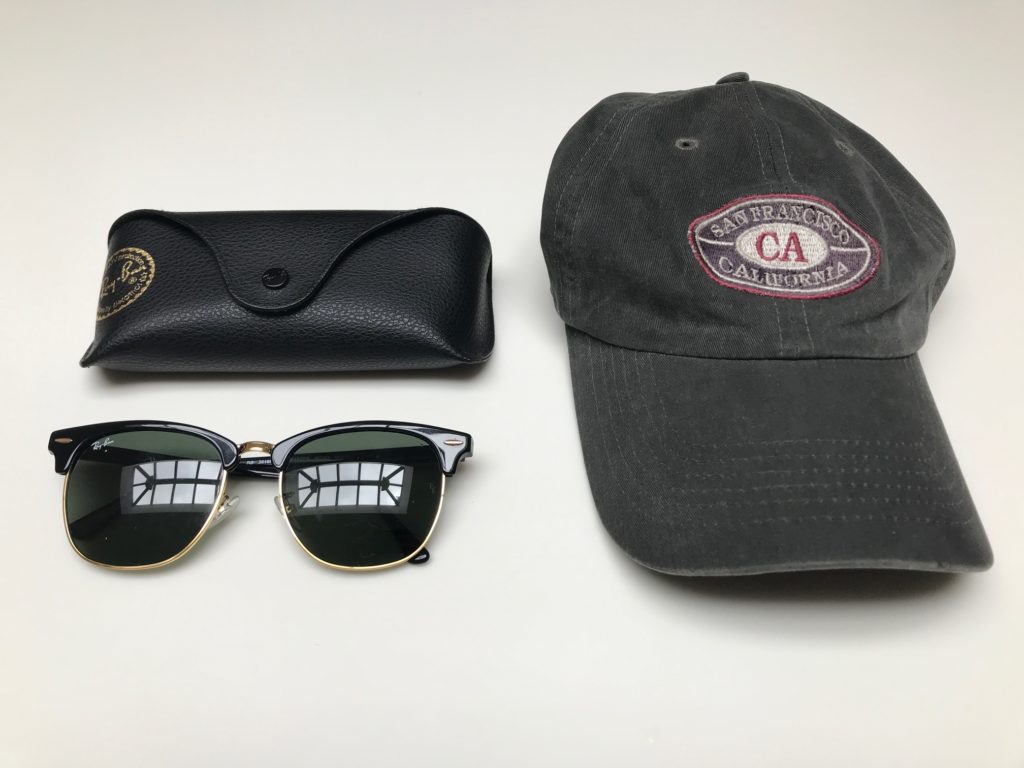

8. Suncream
Yes, I said I don’t like using suncream but it’s still undeniably part of my day hiking gear essentials. I would advise you to never head out on the trail without it. Often when hiking, you are exposed, and in areas of thin atmosphere or high UV light.
I’ve seen some seriously bad burns, and I’ve been caught a few times myself. It can really ruin your day. Key burning points are back of the neck, ears, and the bridge of the nose. If you’re wearing a vest your shoulders will also be in the firing line.
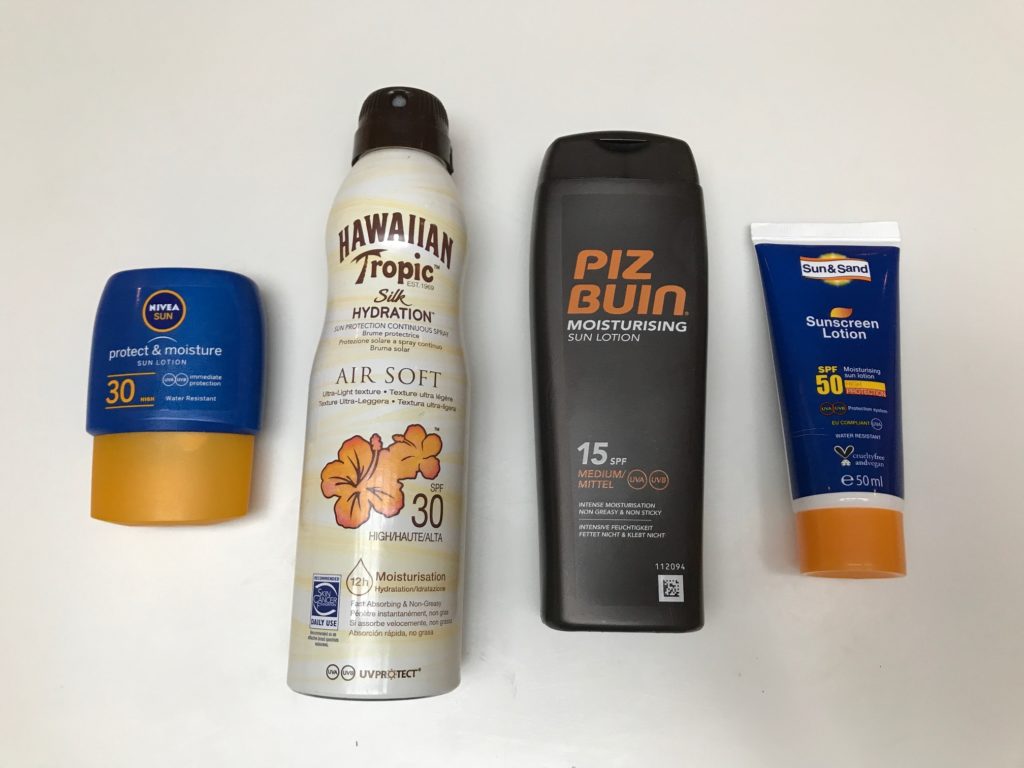

I try to get into the habit of putting on some suncream, at least factor 30, in the morning when it’s cool and your skin has time to absorb. That way it won’t run off you and be all greasy when you’re out on the trail. If you take a small bottle you can then top up on your way along.
I don’t use specialised hiking brands as the mark up is quite high, I just stick with the classic SPF 30 sun cream you find at any supermarket or pharmacy.
9. Snacks
You need food that is high in energy and calories so it will fuel you for the day. But that doesn’t just mean sugar because you’ll get a sugar rush followed by a big dip and that’ll do you no good.
See also:
Hiking Food For a Week – What to Eat
You want to get food like trail bars – containing dried fruit, oats, and nuts. You could also get trail mix or granola containing the same ingredients. Fruit such as bananas – or dried fruit as it stores better – are a good source of carbohydrates to keep you fuelled on your hike. Nuts or nut mixes are high in energy and protein. Beef jerky is a good source of protein and is very easy to store. Nut butters are another excellent source of protein and are very energy dense.
Take a mix of these items and trial them out to see what works for you and what doesn’t. Have some treats in there and bring extra snacks that you know you’ll enjoy on the trail. I usually always bring a Snickers or an iced coffee as my treat and know that I can enjoy that with it hardly adding any weight.
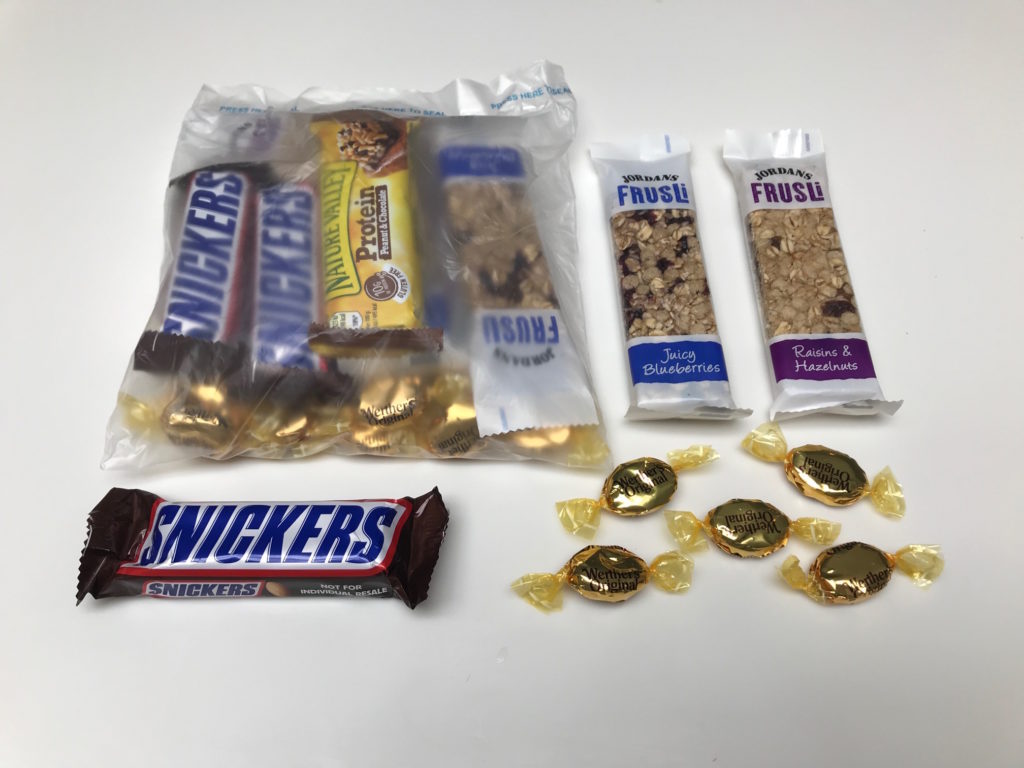

10. Backpack
Here’s another item I probably need to upgrade. I recently bought an incredible thru hiking back pack, but that’s a bit overkill for regular day hikes.
Instead I use an old Vans backpack which has long since been discontinued. It has served me well but it’s getting on a bit and I’m looking for an upgrade. When buying a day hiking backpack you want something with supportive shoulder straps, potentially breathable material around your back, and something no bigger than 20 Litres.
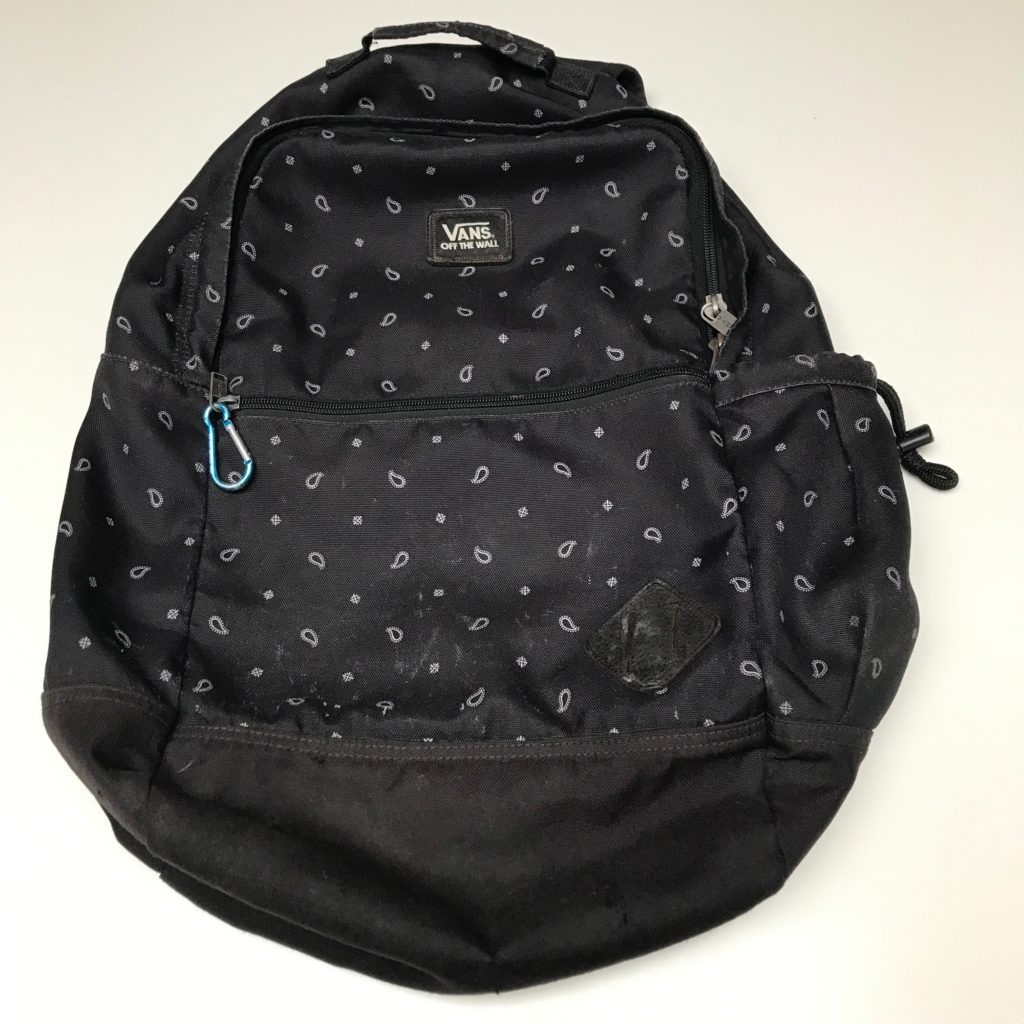

As a brand I recommend Osprey, they do amazing backpacks in terms of functionality and design. I suggest you go into the store to test them out to see how they fit and to ensure you get your purchase right!
Extras
One extra item I advise you to have stored at the bottom of your bag is a medical kit. You never know when you might get a blister or bout of hay fever. You hope you never need to use it, but if it’s not there when you need it, that can be a real problem.
They’re sold online and throughout many camping stores, but my advice is to get the most basic kit and then add/edit the contents yourself. Some of the items below you won’t require for a day hike but it’s good to have them just in case. Make sure to include the following items in your day hiking gear essentials:
- Paracetamol – or any other painkiller
- Ibuprofen – or any other anti-inflammatory
- Hay fever/allergy tablets
- Bandages and gauze
- Plasters (waterproof and durable) – various sizes
- Blister plasters
- Bandaging tape
- Alcohol swaps
- Vaseline or any soothing lip salve (make sure it includes SPF)
- Imodium – or any other diarrhoea relief
- Rehydration salts and diarrhoea relief
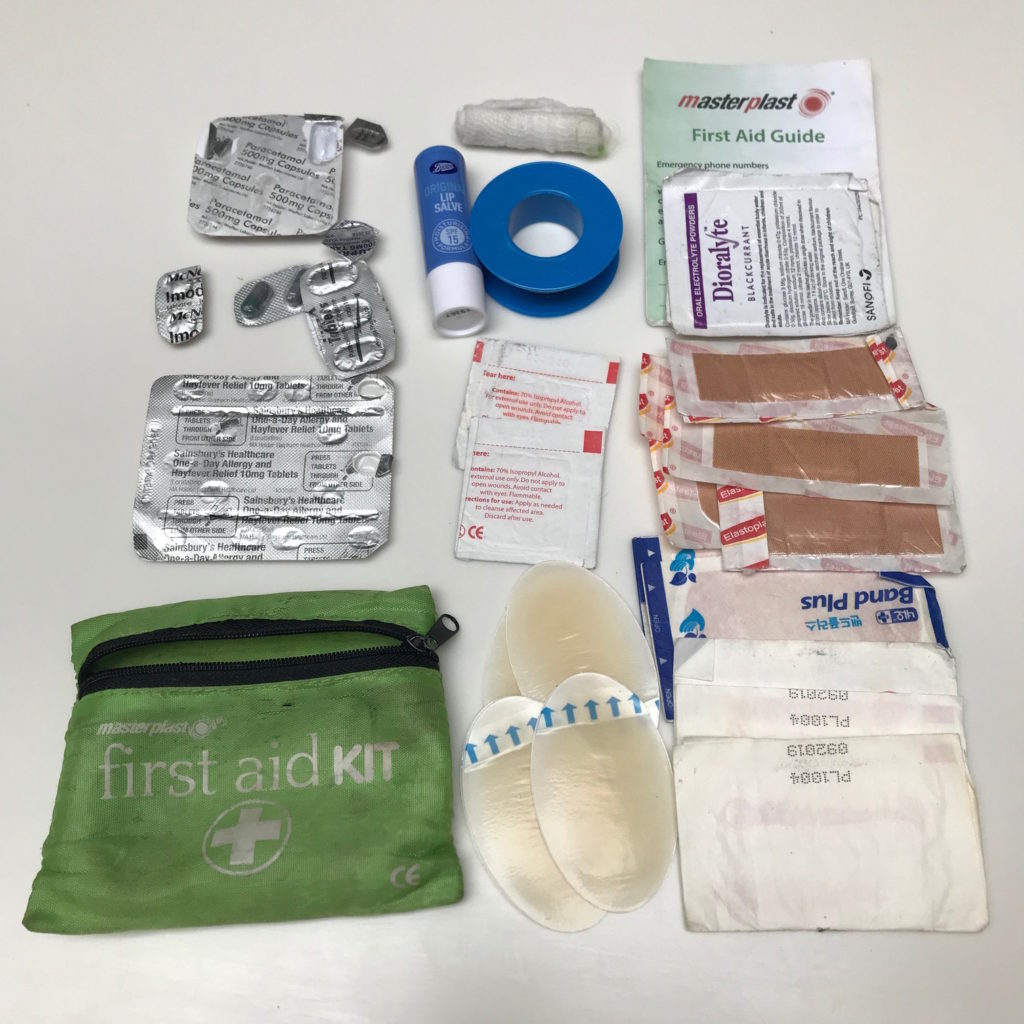

Before You Go
Thanks for reading my guide on day hiking gear essentials. If blogs like this interest you, head over to my blog page to find out more!
If you are new to Walk Wild you can check out the About Me page to learn about who I am and what made me want to be a travel writer.
Please comment below, let me know what you think and follow me on Twitter and Instagram to find out more.


